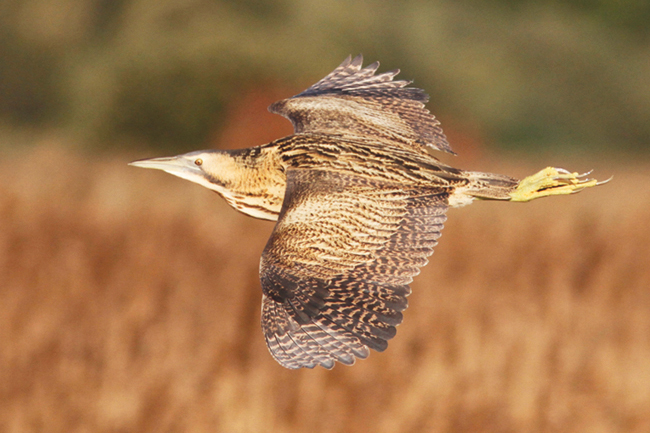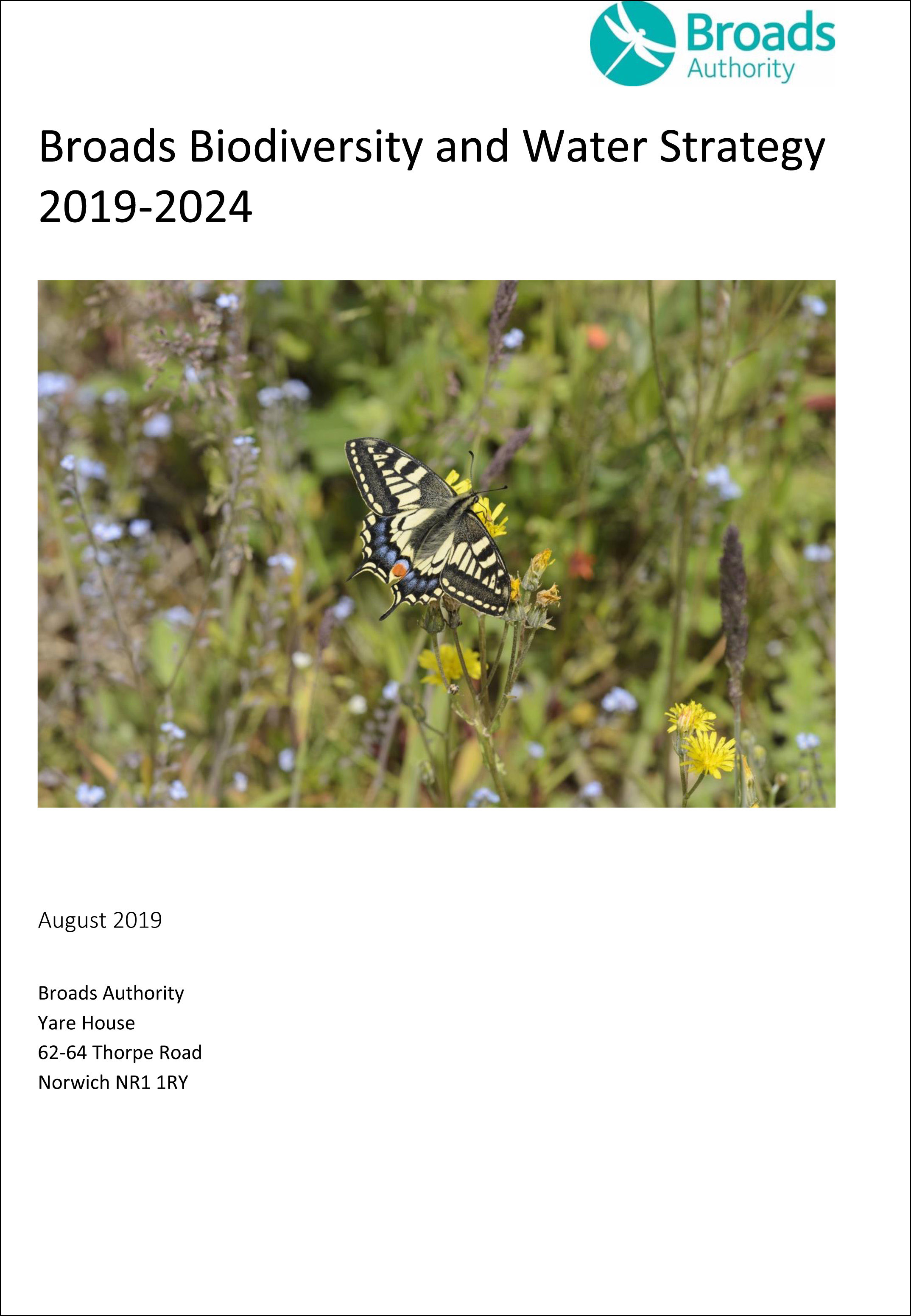Biodiversity
Biodiversity describes the variety of plant and animal life on the earth as a whole or in a particular area/habitat.

The management of the Broads is important for protecting wetland ecosystems - the dynamic and complex interactions between the different species of plants and animals and their environment.
The Broads is one of Europe's most important wetlands for biodiversity and nature conservation. Essentially it is a freshwater ecosystem made up of meandering rivers interconnecting beautiful expanses of shallow water - the broads themselves.
The surrounding habitats include botanically rich fens, home to the rare swallowtail butterfly, Norfolk hawker dragonfly and the bittern. Wet woodlands, full of bird and invertebrate life, and grazing marshes with their unique aquatic plant and animal communities, make the Broads one of the most wildlife-rich areas in the family of national parks.
This landscape is under increasing pressure from a variety of sources in the last century including habitat loss and fragmentation, pollution of waterways and increasing threats from non-native species. Rising sea levels associated with climate change have also seen a decline in species and habitats.
Nature recovery
The Broads National Park faces the biggest change in half a century with the implementation of the Agriculture Act (2020) and the delivery of the UK Government’s 25 Year Environment Plan (2018). The UK Government was an early adopter of the promise to protect 30% of land for nature by 2030. The Environment Act (2021) included a commitment to halt the decline in the abundance of species by 2030. We know from our Nature Recovery Prospectus, and County Natural Capital Assets Compendium and developing the Broads Plan that there is huge opportunity to restore nature for people and the other species that work, live in and visit the Broads, and deliver the Broads National Park’s Vision and Special Qualities.
The Broads Biodiversity Audit showed that despite the Broads holding an amazing quarter of the UK’s conservation priority species, over a quarter of all Broads species had not been recorded since 1988 and over 60% are intolerant of brackish conditions with many wetland species also sensitive to dry conditions. Specialist species in particular are at risk of climate change.
The Broads Biodiversity and Water Strategy and Action Plan BBWS (2019 - 2024) focuses on priority actions by the Broads Authority as a lead or joint delivery partner, and key projects led by other organisations working in the Broads. The BBWS is monitored by the Broads Biodiversity Partnership (BBP). The BBP is a network of organisations, businesses and individuals working together to discuss, coordinate and deliver work for habitat and species enhancement.
Farming led nature recovery can improve, expand, buffer, and connect core nature sites and be at the heart of how we support farmers and other land managers through these changes. It can work alongside and in combination with other existing and new nature recovery approaches that are active today.
There are many good examples of agri-environment scheme, landscape restoration, and catchment initiatives, which positively contribute towards looking after this special landscape. These need to become more widespread if we are to protect and restore valuable habitats, biodiversity and soil quality to adapt to climate change across the Broads.
In the future, our ambition is to have a high percentage of the Broads land in ambitious and successful schemes including Environmental Land Management (ELM) and Farming in Protected Landscapes. The Broads National Park Nature Recovery Prospectus, Biodiversity and Water Strategy and developing Local Nature Recovery Strategy set out what we could achieve for habitats and species as well as where we want to focus our efforts doing it. Through all of these and this Plan, we want to ensure that our habitats and species rapidly recover, become more resilient, are in a stronger position to adapt to the impacts of Climate Change, contribute to reducing Greenhouse Gas emissions and store more carbon.
28% of the Broads is protected for nature, with additional areas of Local Nature Reserves and nature focused farmland also providing nature recovery and a mix of other public goods by a range of partners and land managers. Some protected habitats, especially water and wetlands, fail European Habitats Directive standards for reasons including excessive nutrients. The government commitment to restore 75% of Sites of Special Scientific Interest into favourable condition by 2042 was at 60% (4,301ha) in the Broads in 2021.
These core areas are predominantly driven by sustainable water management and farming practices. Places such as Estates at Raveningham, Horsey and Somerleyton show us what is achievable. The Estates and farmers working with the Broads Authority and partners have made several important changes to water, wetland and vegetation management over the last few years and are considering restoration of peatland or wet grasslands to create some of the most cherished wetland habitats in the Broads.
Planning and Nature Recovery
Nutrient Neutrality
When too many nutrients like phosphates get into freshwater rivers and lakes, it changes the whole ecosystem and reduces water quality and biodiversity. Five river catchments in the Broads catchment now need nutrient neutrality for new developments that will add nutrients into the water system. These developments can only be approved if they can show they will take out as many nutrients as they are adding in.
Biodiversity Net Gain
All planning applications since November 2023, apart from householder applications, need to show an increase of biodiversity. If a hedge is removed, another hedge plus 10% extra must be planted in its place. Our project will match developers with landowners, so they can fund creation of new areas of biodiversity.
Our work
We develop ideas with a range of partners, farmers and other land managers to create nature recovery.
We have a dedicated team of Policy and Project Managers and Ecologists who are experts in their field. We develop peatland and wetland projects with land managers and partners, as well as undertake operational management of sites, and waterways we are responsible for, including control of non-native species. We provide ecological advice to the Broads Authority Planning department.
Useful links
- If you are interested in helping the Broads protect its unique range of wildlife please visit our volunteering page.
- Read more about other ways in which we manage the landscape for biodiversity, such as conservation grazing, riverside tree and scrub management and working with farmers.
- Our work also involves the control of non-native species such as American Mink, Floating Pennywort and Himalayan Balsam. You can read more of the impact of these species on biodiversity on our non-native species page.


